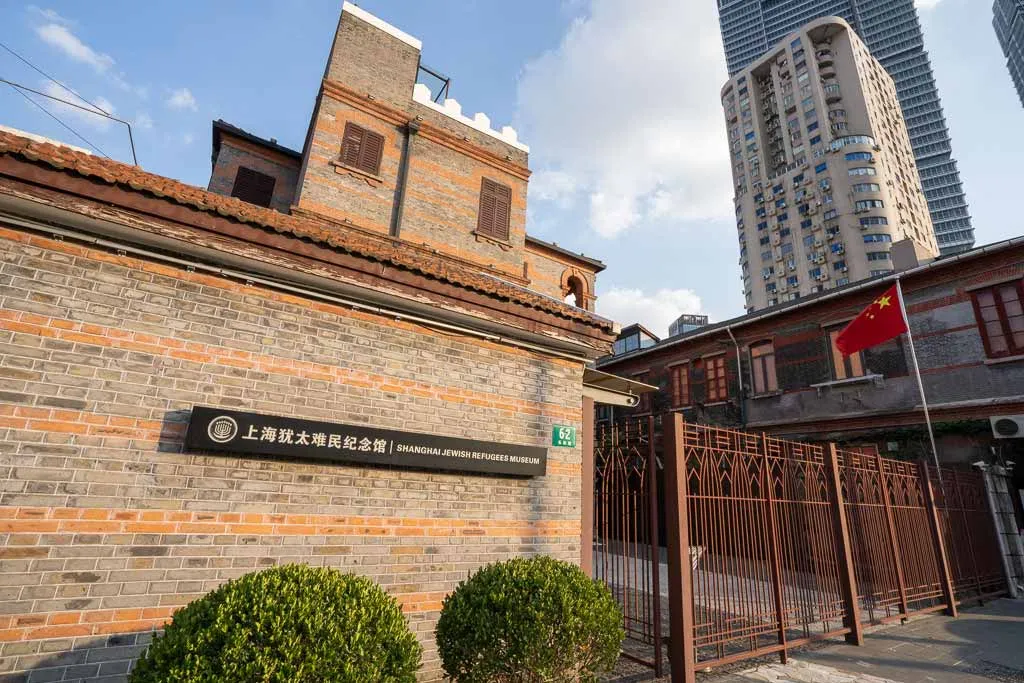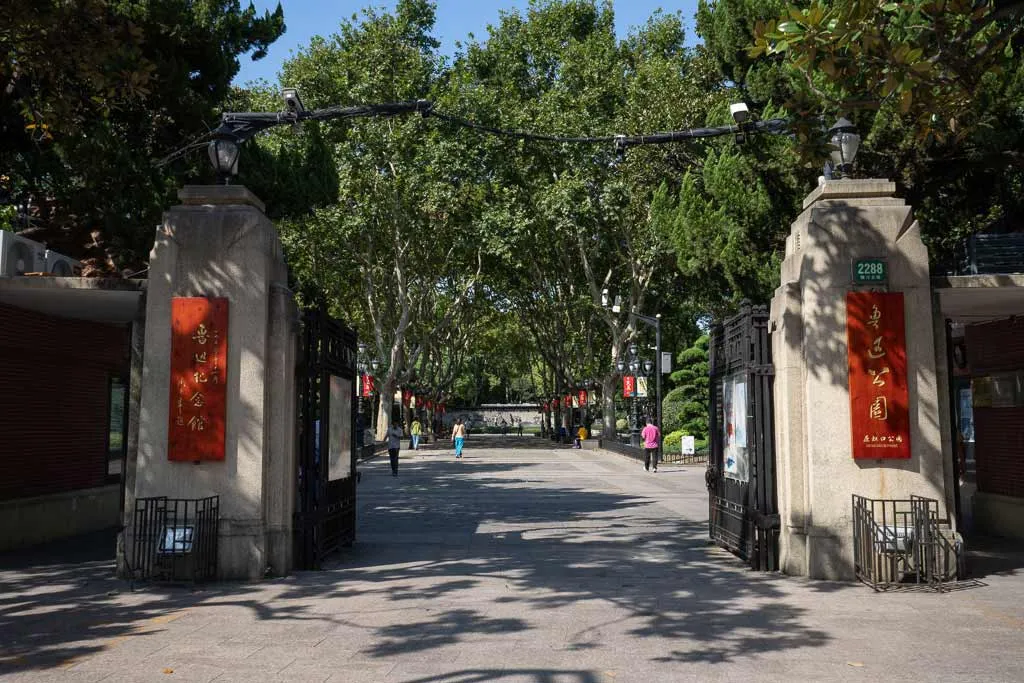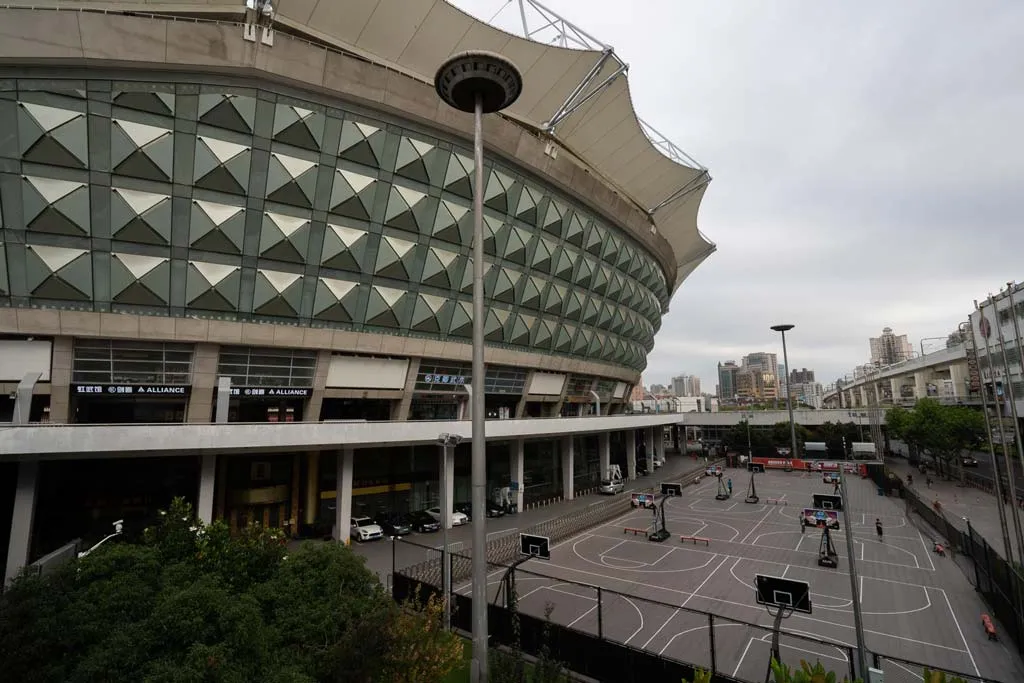The Huangpu river-side Hongkou District is situated to the north of the Bund, beyond Suzhou Creek. The southern, water-front part of the district is sometimes known as the 'North Bund'. During the colonial era, the relative newcomers USA and Japan focused their attention of the area. The colonial heritage architecture of the Bund extends across Suzhou Creek, represented most notably by the magnificent Astor House Hotel, and the Art Deco grandeur of Broadway Mansions.

Astor House Hotel 浦江饭店

Broadway Mansions 上海大厦
During the war years, under Japanese occupation, Hongkou was the site of Shanghai's Jewish Ghetto 犹太难民纪念馆, and this dimension of the city's urban heritage has been the object of renewed attention within recent decades. Shanghai was second only to Palestine as a refuge for the Jewish people during the Second World War. The Shanghai Jewish Refugees Museum (No.62 Changyang Road) and the the Ohel Moishe Synagogue (originally built by Russian Ashkenazi refugees) are now integral parts of the restored and redeveloped Tilanqiao Historic Area.

Jewish Ghetto 犹太难民纪念馆
Hongkou has an exceptionally luminous modernist cultural history. Literary giants Lu Xun, Cai Yuanpei, Guo Moruo, Mao Dun, Ba Jin, Ding Ling, and Feng Zikai were all residents of the area during high-points of their writing careers. Luxun Park 鲁迅公园, devoted to the memory of China's most distinguished modern literary figure, is one of the city's best-loved green spaces. A museum dedicated to Lu Xun sits beside it.

Luxun Park 鲁迅公园

Lake in Luxun Park

Stone Bridge in Luxun Park

Luxun Statue standing in front of Luxun Museum
The district's remarkable history of letters is celebrated in the renovated Duolun Road Cultural Street 多伦路文化街, where a number of mini museums record the achievements of Hongkou's Pre-War Left-wing intelligentsia, alongside eclectic topics from coins to clocks and chopsticks.



Duolun Road Cultural Street 多伦路文化街
The elite Shanghai International Studies University (SISU) 上海外国语大学 has its principal campus in the Hongkou District (with a second campus in Songjiang).

Shanghai International Studies University (SISU) 上海外国语大学
1933 (named after the year of its construction) was originally the Shanghai Municipal Council Abattoir, constructed in audacious modernist style. The site has been redeveloped as a lifestyle and recreation hub.




1933 Shanghai Municipal Council Abattoir
China's 21st century love affair with soccer is represented by the Hongkou Football Stadium 虹口足球场, rebuilt in 1999 with a maximum capacity of over 33,000. Host of the 2007 FIFA Women's World Cup, the stadium facilities include a climbing wall, and three squash courts.


Hongkou Football Stadium 虹口足球场




